Just a few days ago, I had a chance to write an article about the enchanting Sunflowers of Vincent van Gogh and was a little upset that I couldn’t include probably my favorite one called The Starry Night. Funny enough, not long after, the world received the breaking news about a very special discovery from the biologist Akshay Khandekar and his team.
The scientists were traveling to the eastern slopes of the Western Ghats in Tamil Nadu when they discovered the unique gecko Vangoghi – a tiny masterpiece of nature reflecting van Gogh’s The Starry Night on its skin.
More info: ZooKeys
New gecko species discovered by a group of scientists from the Thackeray Wildlife Foundation was named after Vincent van Gogh due to its unique coloration
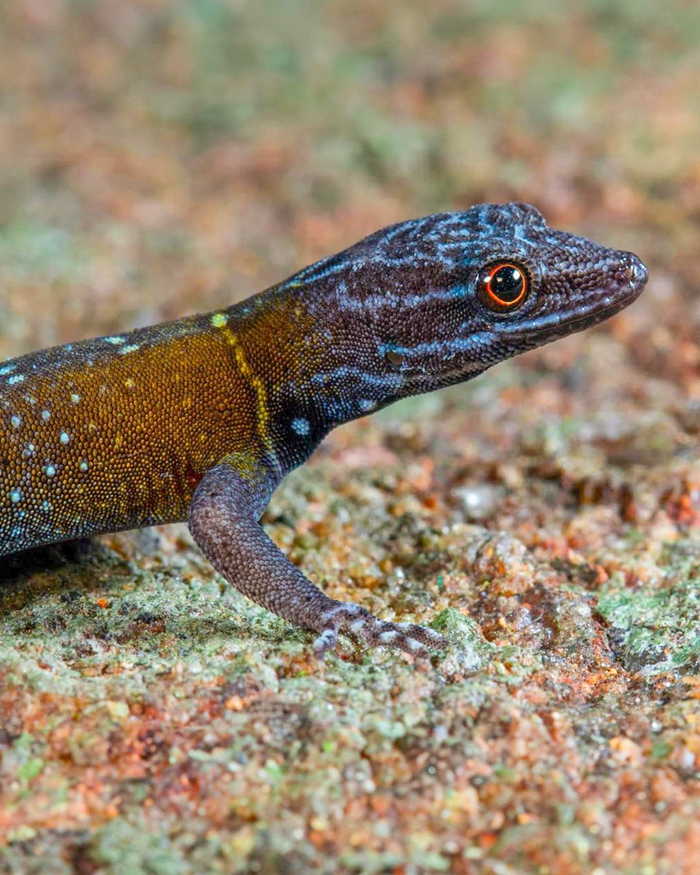
Image credits: Akshay Khandekar
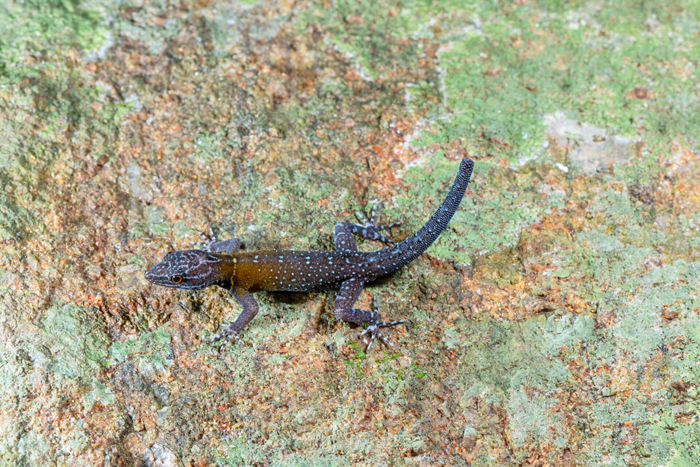
Image credits: Akshay Khandekar

Image credits: Akshay Khandekar
The significant expedition took place in April 2022 in the Southern Western Ghats, Tamil Nadu, India. The same way the vision for the famous painting The Starry Night came to van Gogh in the absence of daylight—“This morning I saw the countryside from my window a long time before sunrise, with nothing but the morning star, which looked very big”—Akshay Khandekar and Tejas Thackeray, along with other researchers, found Vangoghi as well in the early morning a few hours after dark. Yet timing wasn’t the main reason why this beautiful nocturnal animal got its special name.
“Cnemaspis Vangoghi is named for Dutch painter Vincent van Gogh (1853–1890) as the striking coloration of the new species is reminiscent of one of his most iconic paintings, The Starry Night,” explained Ishan Agarwal.
Here it’s important to mention that due to sexual dimorphism, only the males are similar to van Gogh’s painting because they are largely blue except for a faded brown collar and upper body. Especially on the head part, light blue stripes appear to swirl through darker areas almost the same way van Gogh painted light bursting from the stars and the moon. The females, though, are entirely brown in color with cream, black, and deep sepia spots.
Only the males of newly discovered species are similar to van Gogh’s painting due to being mainly dark blue except for a faded brown collar and upper body
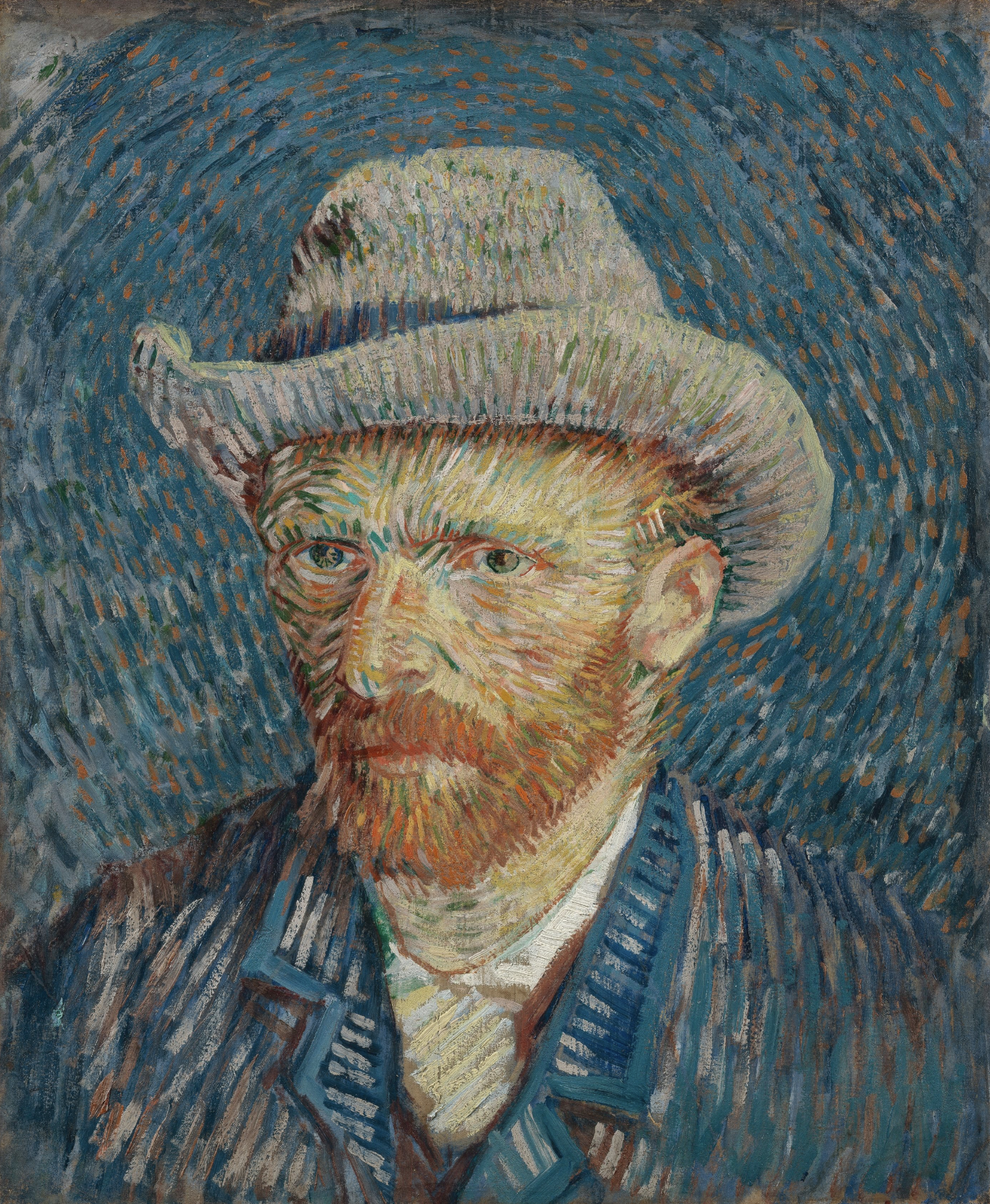
Image credits: Van Gogh Museum
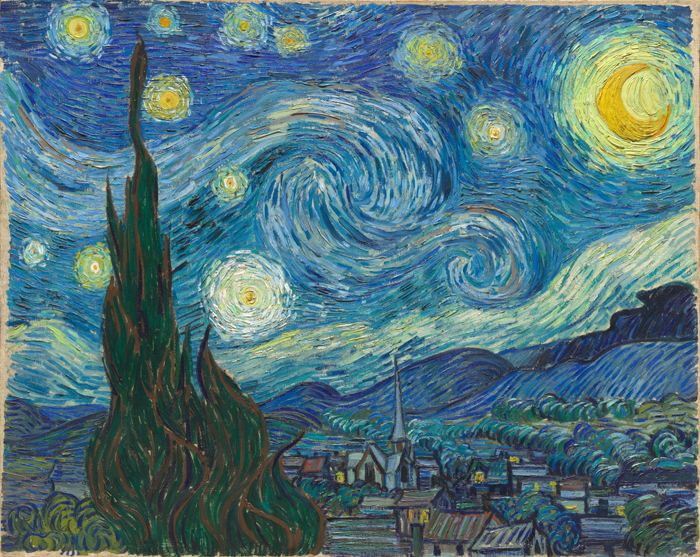
Image credits: MoMA
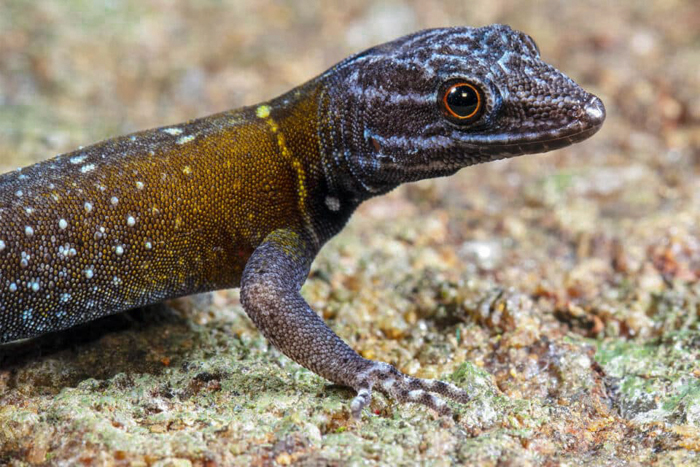
Image credits: Akshay Khandekar
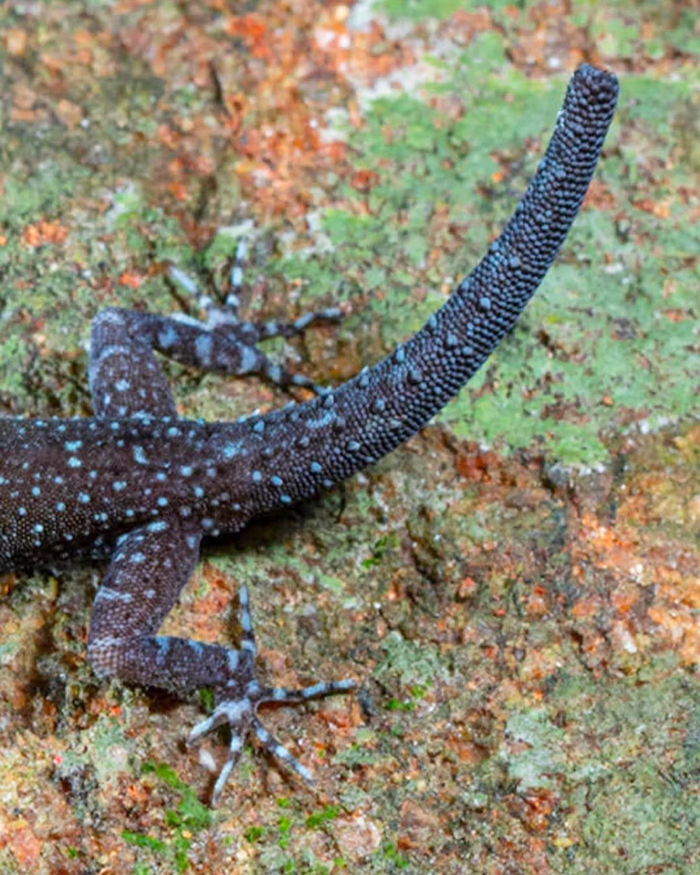
Image credits: Akshay Khandekar
Vincent van Gogh’s The Starry Night is truly an exceptional work: the “night effect” became a foundational image for Expressionism as well as probably the most famous painting in the artist’s oeuvre.
The Starry Night could be considered one of van Gogh’s last masterpieces. The painting was inspired by the view from the window at the Saint-Paul-de-Mausole asylum in Saint-Rémy, in southern France, where the artist spent 12 months in 1889–90s seeking reprieve from his mental illnesses.
Physicist Jose Luis Aragon had an interesting interpretation of this painting because compared van Gogh’s turbulent play of light and dark in The Starry Night to the mathematical expression of turbulence in such natural occurrences as as whirlpools and air streams. Two other paintings from 1890, Wheatfield with Crows and Road with Cypress and Star, are also related to this phenomena. Aragon suggested that since the artist created these particular artworks during periods of extreme mental agitation, van Gogh supposedly had a very unique way of transmitting his strong emotional state using precise gradations of luminescence.
It’s not the first time that new species have received names inspired by famous artists. In nature we can already find Cannopilus picassoi, a species of algae that was discovered in 1961 and named after Pablo Picasso. Then there’s a type of yeast named after Leonardo da Vinci, Blastobotrys davincii, as well as Aetana abadae, a cellar spider from the Philippines, named after Philippine-born artist Pacita Abad, famous for her vibrant, colorful abstract work.
Apparently nature has its own Vincent van Gogh: a blue gecko’s skin reminds scientists of the famous painting The Starry Night
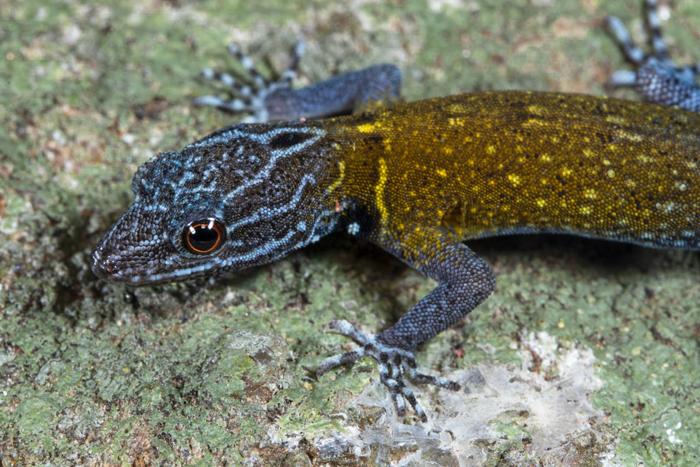
Image credits: Akshay Khandekar
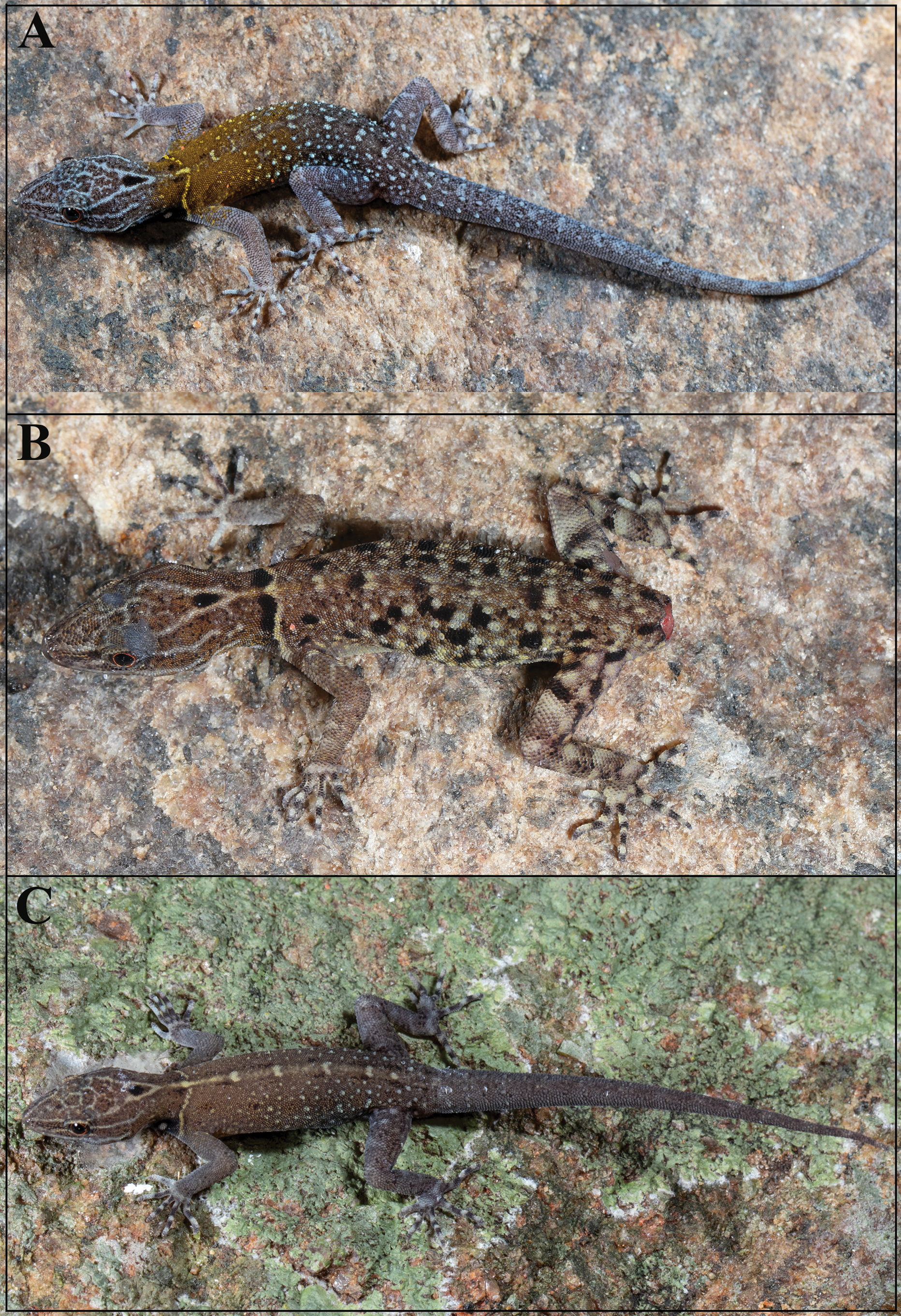
Image credits: Akshay Khandekar
When it comes to geckos, we sometimes also hear them called lizards. What’s the difference, though? Here’s some clarification in these two terms.
Lizards are reptiles of the order Squamata. It is the common name used for all squamate reptiles other than snakes, encompassing over 7,000 species, ranging across all continents except Antarctica, as well as most oceanic island chains, while geckos are small to average-sized lizards belonging to the family Gekkonidae. Geckos are a type of lizard that differ from others in terms of their living conditions, physical characteristics and their eating habits.
Both the animals have 4 legs and are cold-blooded, and both have certain species that can change colors to camouflage. While most lizards have dry and scaly skin, geckos’ skin could be described as thin with small bumps on it. Lizards possess external ears and movable eyelids, while geckos have no eyelids but have a transparent membrane which they lick to clean.
Geckos are mostly small, usually nocturnal reptiles; most of the species are 3 to 15 cm (1.2 to 6 inches) long, including tail length (about half the total). The smallest one would be Jaragua sphaero, or the dwarf gecko, which is only 0.63 inches (1.6 cm) in length from snout to tail.
The species are divided into six families: Carphodactylidae, Diplodactylidae, Eublepharidae, Gekkonidae, Phyllodactylidae, and Sphaerodactylidae.
Some of the most interesting parts of geckos could be their eyes, which are 350 times more sensitive to light than those of humans. Yet they can see colors in dim moonlight, while humans are colorblind. Another important detail about the eyes is that most species of gecko don’t have eyelids, so they have to lick their eyes to clean them.
There are also some geckos that can glide through the air, reaching up to 200 feet (60 meters) in a single bound, despite their tiny bodies that are usually only about 6 to 8 inches (15 to 20 cm).
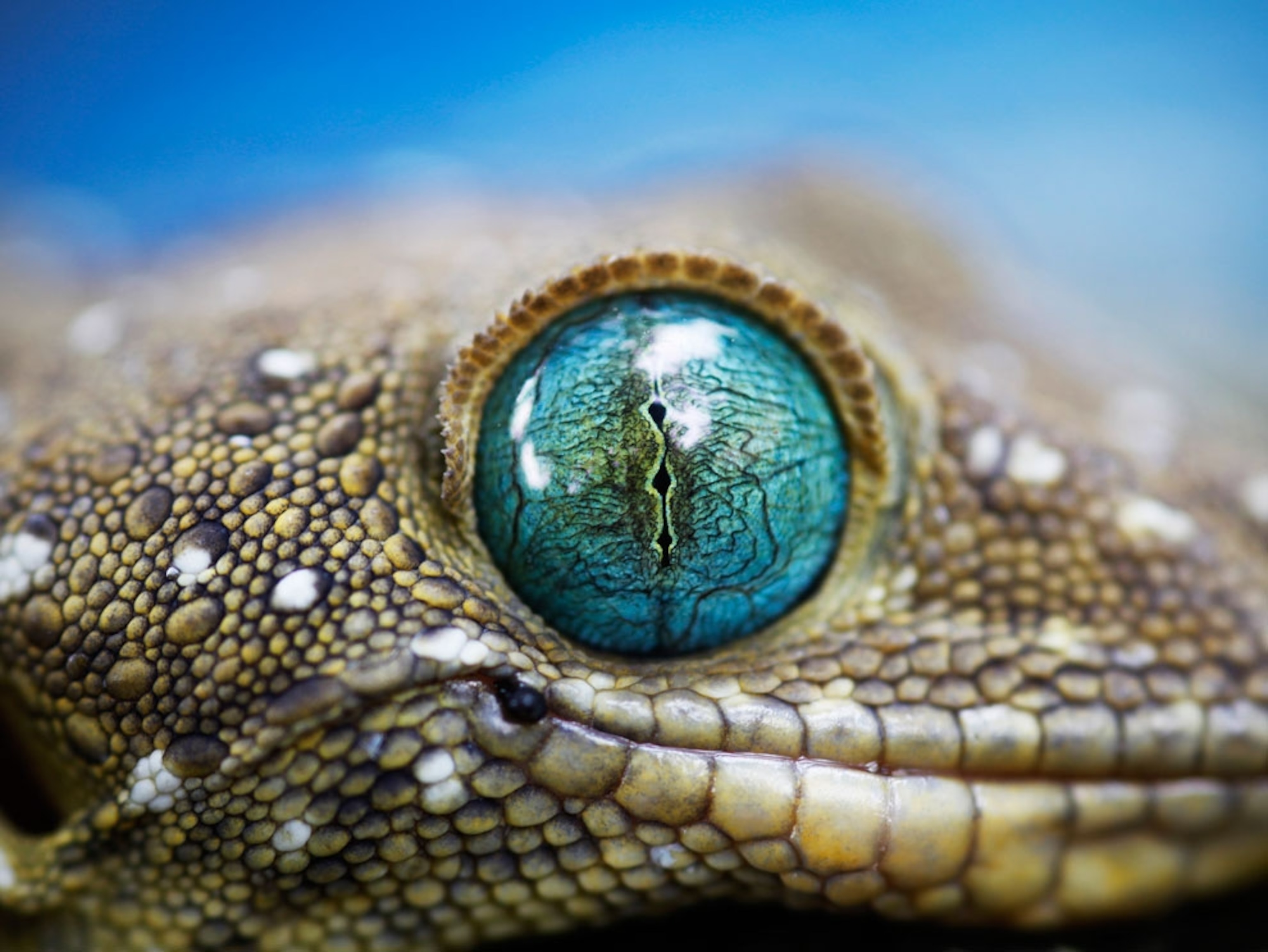
Image credits: National Geographic (not the actual photo)
It is fascinating that 20 years ago, scientists knew of only a handful of Cnemaspis species and nowadays there are more than a hundred recorded in India and Sri Lanka alone.
An ecologist at Villanova University and gecko expert Aaron Bauer mentions that from a global perspective, at least 2,300 Cnemapsis species exist in the scientific literature, a major increase from a thousand species only a few years ago. “There are new geckos being described all the time, and India is one of those areas where there’s really a lot going on. We have to understand that there’s a whole group of geckos here that we didn’t even know about, and they’re all special,” he added.
The newly discovered starry dwarf gecko is one of two new, closely related species in the Cnemapsis genus described in a recent study in the journal ZooKeys. It is a small-sized gecko that can reach up to 3.4 cm in length. It was found as new to science, along with another species of its genus, Cnemaspis sathuragiriensis, named for its type locality the Sathuragiri Hills.
“The two new species are distributed in low elevation (250–400 m asl.), deciduous forests of Srivilliputhur, and add to the five previously known endemic vertebrates from Srivilliputhur-Megamalai Tiger Reserve, Tamil Nadu, India,” explained Ishan Agarwal. At the moment, they have only been found in very restricted localities, making this an interesting case of micro-endemism in low-elevation species.
New species called Cnemaspis vangoghi lives in the biodiverse, still largely unexplored region of India’s Western Ghats
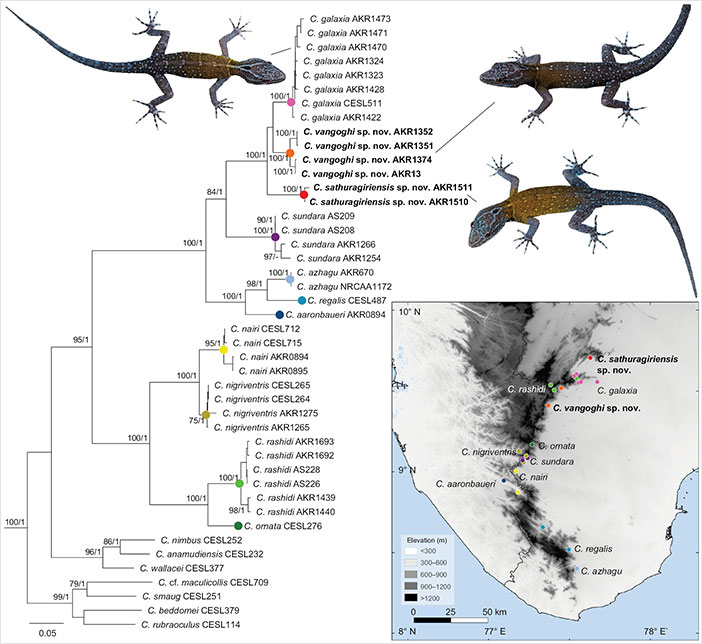
Image credits: Akshay Khandekar
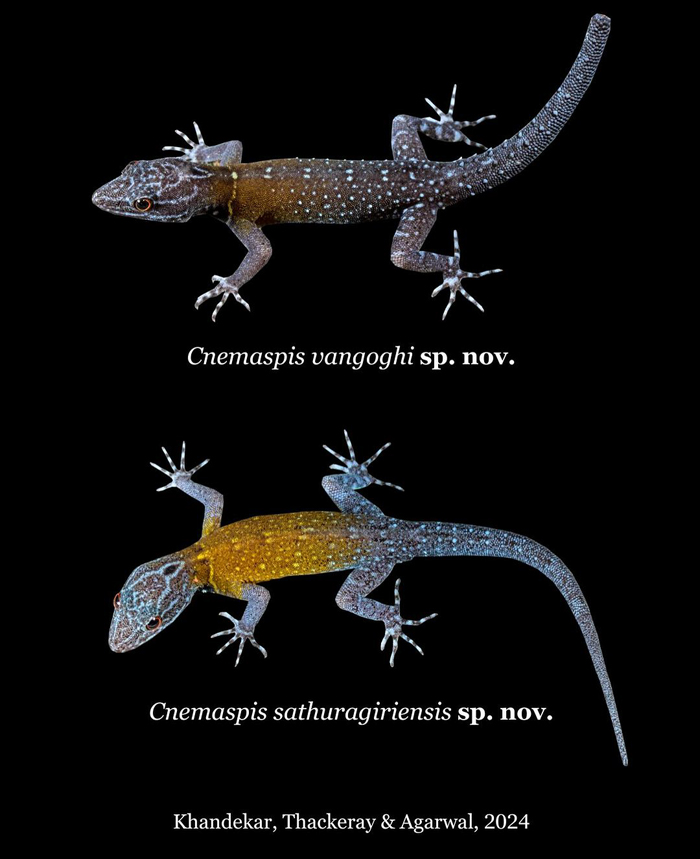
Image credits: Akshay Khandekar
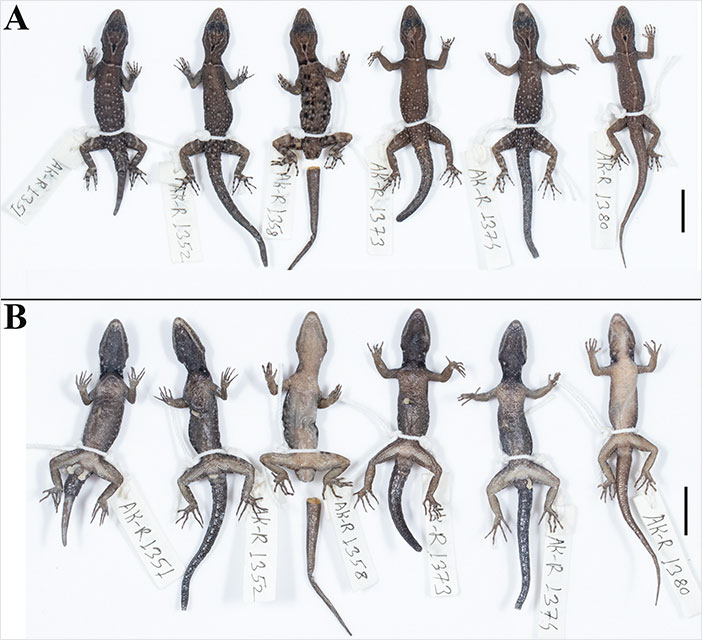
Image credits: Akshay Khandekar
It’s truly magnificent that 133 years after Vincent van Gogh painted The Starry Night, a masterpiece was found hiding within nature itself in a form of a tiny lizard. Thanks to Akshay Khandekar and his team, now we know one more very special creature and can make another scientific step forward in understanding how complicated our ecosystems are.
People on the internet were overwhelmed with joy about Vangoghi



















 English (US) ·
English (US) ·